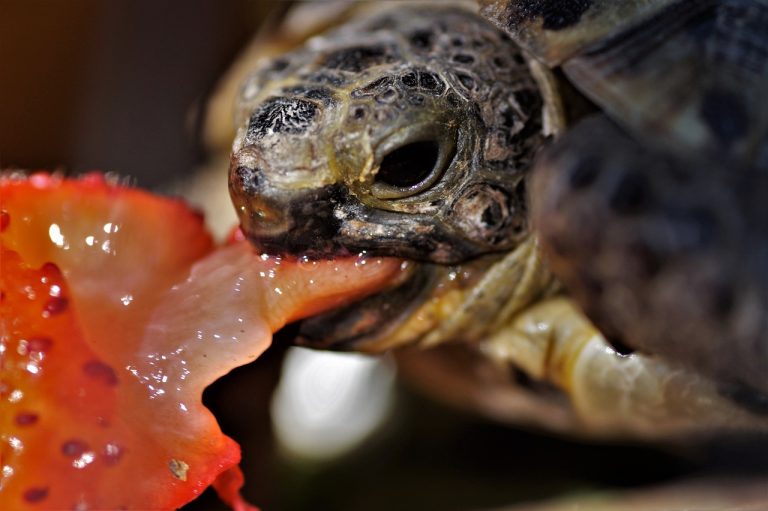How Do You Tell If A Turtle Shell Is A Fossil?
Have you discovered a turtle shell in your backyard and are curious if it’s fossilized? Here’s how to determine if it is:
- Tap the turtle shell fragment against another piece. If you hear a ting sound, the shell is likely fossilized.
- Alternatively, hold the shell piece to your tongue. Fossilized shells will stick to your tongue when moved away.
- Lastly, a fossil shell will not burn when exposed to flames.
Get more into a turtle shell fossil below.
Key Takeaways
- Turning a turtle shell into a fossil takes 10,000 and even more years.
- Click test, lick method, and burn technique are effective in identifying a fossil.
3 Ways To Identify A Turtle Shell Fossil
Identifying a turtle shell fossil is simpler than you might imagine. No other creature on the planet possesses a shell quite like that of a turtle.
Indeed, distinguishing between a turtle and a tortoise shell can be confusing. A straightforward method is to examine the shell structure.
Typically, tortoises exhibit a more rounded and domed-like shell, whereas turtles have a thinner, hydrodynamic shell.
Now that you’ve identified a buried turtle shell, determining whether it’s fossilized usually requires a lab test for confirmation. However, there are some handy tricks to obtain a quick result. For instance,
1. Click Test
True, the sound produced when tapping a fossilized shell with a bone or another hard object can sometimes be a ting or ringing sound due to the porous and hollow nature of fossils. However, it’s worth noting that there are controversies surrounding the validity of this method. While it can be a useful initial indicator, a more reliable confirmation typically requires scientific examination or lab testing.
2. Lick Test
As I mentioned earlier, fossilized shell pieces typically have a hollow and porous texture. Experts suggest lightly licking the fossil fragments; if they are fossilized, they will adhere to the tongue.
3. Burn Test
Fossil shells lack collagen, a protein found in living organisms. To test for fossilization, attempt to burn the shell with a simple fire. If you detect an intolerable damp scent, the shell is likely not yet fossilized. Fossilized shells, on the other hand, do not burn.
How Long Does It Take To Fossil A Turtle Shell?
Determining the precise timeframe for turtle shell fossilization is challenging. Typically, it requires hundreds or even thousands of years to fossilize a large animal.
Although turtles are smaller in size, their shells still require centuries to undergo fossilization. Various factors, including burial technique, soil pressure, and temperature, influence this process.
Realistically, you won’t witness your turtle shell fossilize within your lifetime. However, by properly burying the turtle, future generations may one day uncover a valuable fossilized turtle shell.
What Is The Oldest Turtle Shell Fossil?
Turtle fossils are frequently unearthed, offering paleontologists invaluable insights into past climates, landscapes, and soil compositions. Additionally, these discoveries contribute to a deeper understanding of turtles and their evolutionary history.
The oldest turtle shell fossil is recorded back to 220 million years old. It belongs to Odontochelys semitestacea. This turtle species is known as a toothed turtle with a half shell.
Where Can You Get A Turtle Shell Fossil?
There are collector shops specializing in the sale of turtle shell fossils, with prices sometimes surpassing $10,000, depending on their rarity. You might find good deals on platforms like eBay or Craigslist.
However, it’s crucial to note that collecting sea turtle shells or bones, regardless of their condition, is illegal. Moreover, buying or selling fossils is considered a crime in numerous states. Therefore, it’s advisable to familiarize yourself with your state’s laws before engaging in any transactions.
Conclusion
Fossilized turtle shells typically lack the toughness and hardness of their living counterparts. These carapaces and plastrons tend to be brittle and fragile. You can learn more about the hardness of turtle shells from the attached link.




![200+ List Of Native Turtles Throughout USA [By State]](https://spreadhapiness.com/wp-content/uploads/2024/04/12-1-768x512.jpg)
